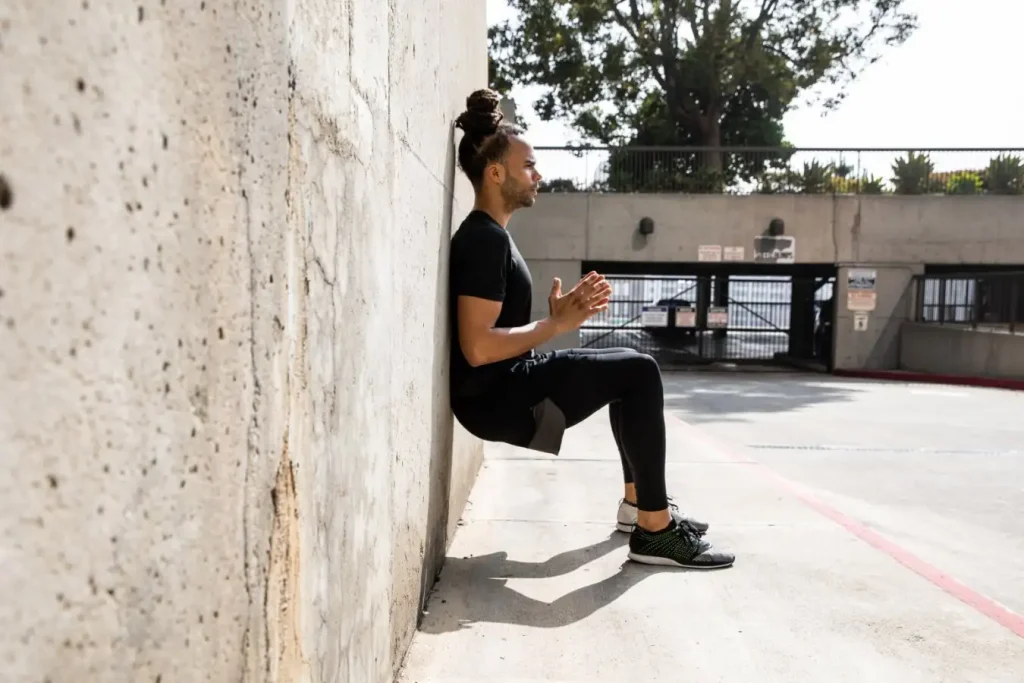
If you’ve ever felt overwhelmed by your schedule and convinced there’s no time left for self-care, you’re not alone. Research shows that nearly half of working professionals report chronic stress, and productivity often drops more than energy levels. Yet consistently prioritizing your own wellness is one of the most impactful actions you can take, for your stress management, immunity, mood, and even long-term health. The key lies in designing a wellness routine for busy people that actually fits into your life, not competes with it.
Over the next sections, I’ll walk you through a personalized blueprint for building a wellness routine that works hard for you, even when time is short. We’ll explore practical strategies rooted in behavioral science, efficiency hacks, and real-world examples. If you’re ready to reclaim your health without sacrificing your schedule, read on.
Why Traditional Self-Care Fails the Busy Person
Most self-care advice assumes you have hours to invest in meditation, cooking or leisurely workouts. That’s unrealistic if you’re juggling work, family, and personal goals. Trying to follow complex routines often leads to guilt or abandonment when weeks get hectic, which they always do. Instead of grand gestures, what you need is a system that’s simple, adaptive, and effective. The best wellness routine for busy people integrates seamlessly with the rhythm of your day rather than interrupts it.
The Four Pillars of a Sustainable Routine
Every strong wellness routine rests on four fundamental pillars: movement, nourishment, rest, and mental clarity. When each pillar is given intentional micro-moments throughout the day, wellness becomes cumulative. It doesn’t have to be never-ending yoga sessions or full-day detoxes. Small, consistent actions aligned with these pillars can move your well-being forward measurably.
Movement That Fits Your Schedule

Busy people assume they must carve out full workout sessions, but movement can happen anywhere. Micro-sessions like three sets of push-ups in the morning, a brisk walk to your next meeting, or standing and stretching during calls add up. Studies show that even short bursts of light activity improve mood, cognitive function, and circulation. A wellness routine for busy people emphasizes integration: using movement as a tool, not another chore.
Nourishment in Minutes
Cooking elaborate meals isn’t realistic during busy weeks, but nutrition doesn’t have to suffer. Think: simple balanced plates, lentils with spinach and whole grain rice, stir-fry using frozen vegetables, or smoothies with protein and greens. It’s important to prioritize nutrient density over culinary complexity. Having staples like nuts, Greek yogurt, cut fruit or overnight oats at hand ensures you don’t crash into espresso and vending machine snacks. A busy-friendly wellness routine packs healthy food choices into every corner of the day.
Rest and Recovery Without Downtime
Rest isn’t only sleep. Adequate slumber remains crucial, around seven hours helps cortisol rebalance and energy recover, but when your sleep gets disrupted, mini-rest rituals help. A Two-minute deep breathing break, closing your eyes for a few moments between tasks, or even pausing to watch clouds from a window can reset stress levels. These micro-rests prevent burnout and sharpen focus, serving as essential maintenance in the wellness routine for busy people.
Mental Clarity for Sustained Focus
Rushing from one commitment to the next without mental breaks adds noise to your mind. Taking intentional mental pauses and setting clear intentions helps minimize the feeling you’re always running on empty. Journaling for two minutes, whispering affirmations like “I choose calm,” or noting your top three priorities each morning can significantly reduce decision fatigue. A wellness routine for busy people treats mental clarity as a practice, not a luxury.
How to Design Your Routine Without Adding Hours
If you’re not about to wake up two hours earlier, you need strategic placement. Morning hydration with lemon water right after waking up, stretching while your coffee brews, eating layered food during meetings (like adding cooked veggies to grilled protein), and shower reflection with intention are simple, actionable anchors. These small routines become habits when anchored to natural moments in your day.
Counteracting Common Pitfalls
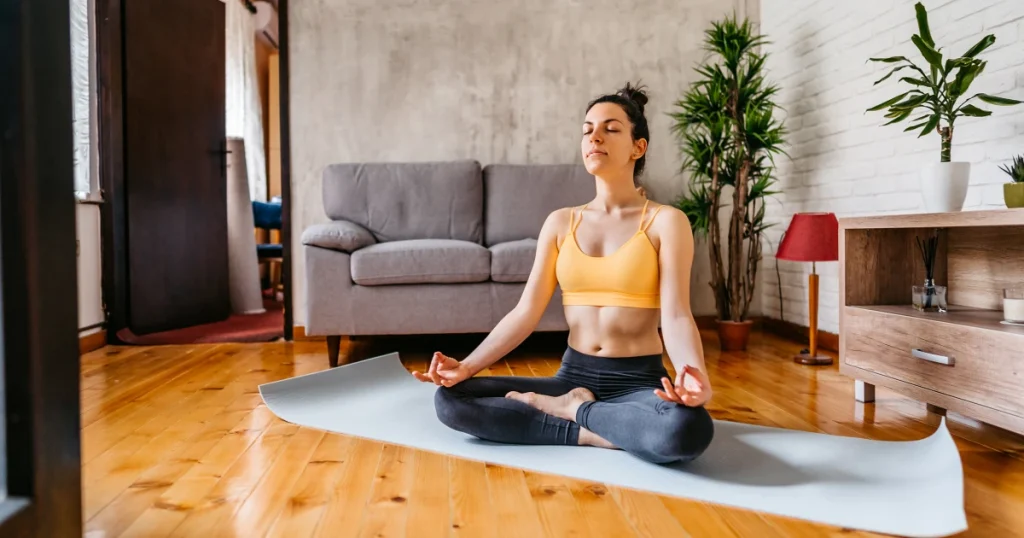
Even well-designed routines can derail due to fatigue, travel or emotional stress. So think adaptable: if you can’t get a full walk in, step out for two minutes of fresh air or practice breathing at your desk. If cooking feels impossible, keep a stock of frozen veggies or pre-cut fruit. If evenings are chaotic, transfer winding-down rituals to before bedtime instead. Flexibility ensures the wellness routine for busy people survives disruptions.
Real-Life Examples for Busy People
Sam, a corporate manager, uses his commute to listen to guided breathing exercises and spikes protein into snack bars instead of vending. Priya, a startup founder, schedules 10-minute power walks between meetings and eats overnight oats or cold quinoa salads she preps on Sunday. In both cases, wellness is not added hours; it’s baked into their existing rhythms, proving that a wellness routine for busy people needs no special environment.
Benefits That Compound Over Time
Even modest adherence to micro-routines yields measurable change. Studies find that people who move daily, even briefly, report 20% fewer mid day slumps. Drinking adequate water increases productivity by up to 14%. Clarifying intentions reduces anxiety, leading to better decision-making. Sleep quality improves when stress management mini-habits are repeated consistently. These compound benefits make a wellness routine for busy people not just plausible, but downright profitable.
Long-Term Sustainability and Adaptation
After six weeks of this integrated micro-routine, if you revisit your energy and resilience, you’ll likely find far more consistency and less overwhelm. You evolve from reacting to fatigue to proactively managing it. At month three, many people notice longer focus, fewer cravings, and better emotional balance. At six months, improved cardiovascular markers and stronger immunity may emerge, even if you’re not logging hours at the gym. That’s the power of a wellness routine for busy people.
Final Thoughts on Building Your Routine
A wellness routine for busy people thrives when it’s simple, flexible, and embedded into daily life. You don’t need extra time, you need intentional placement of tiny habits that support your overall energy, clarity, and health. Start small. Monitor changes. Adjust as needed. Over time, this approach builds resilience, focus, and well-being, without demanding more of your day. If complexity is what’s holding you back, remember: simplicity is your superpower.
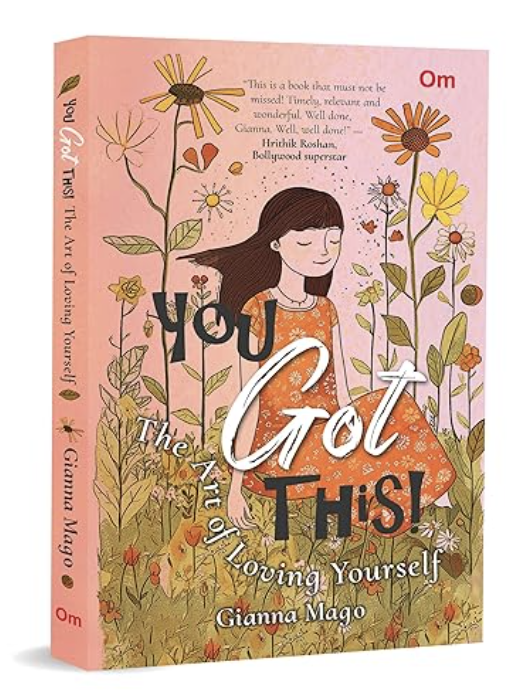
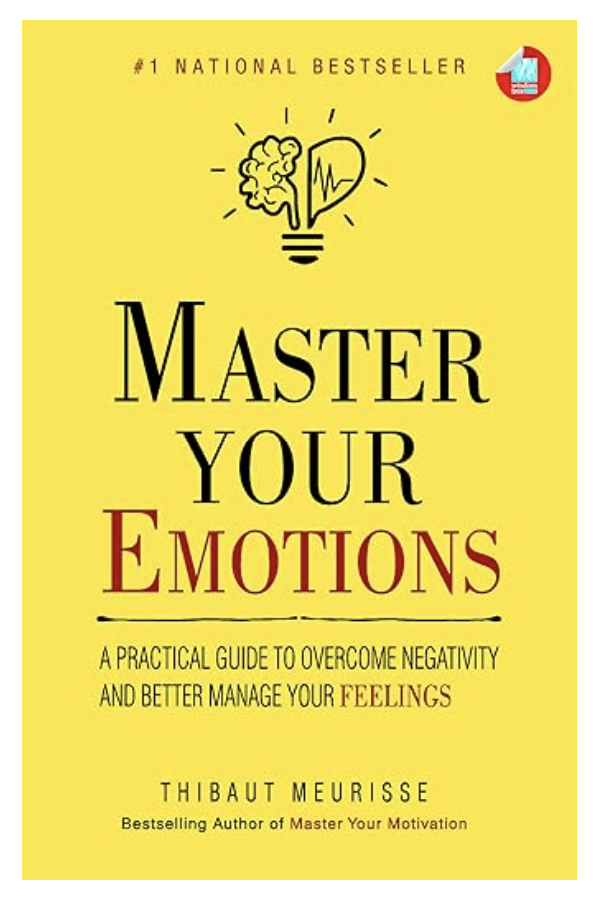


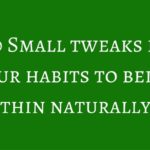

Leave a Reply